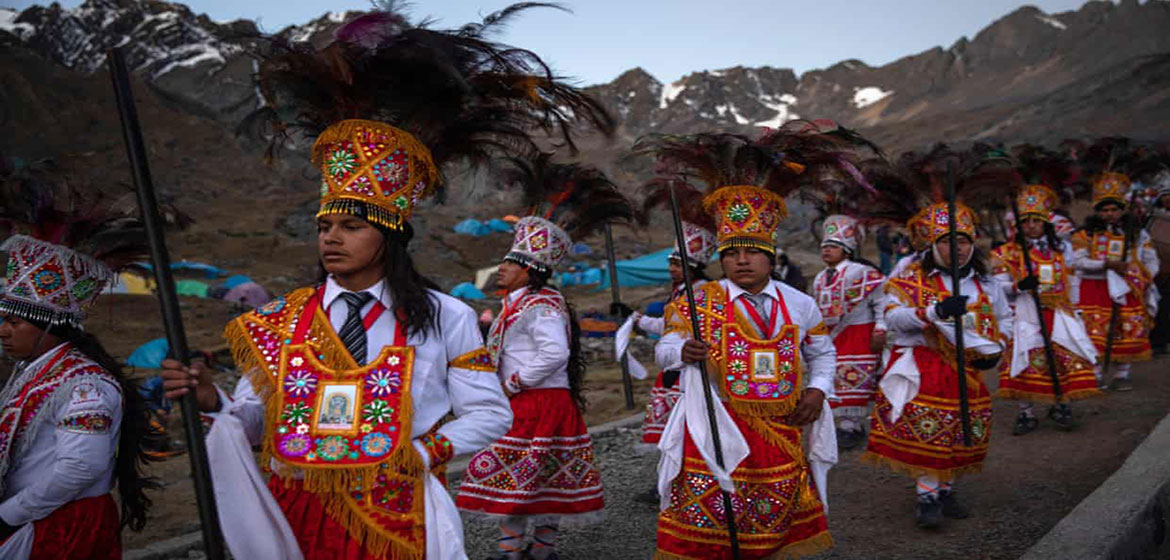Indigenous Peruvians often have one name at home and another, usually Spanish, for official purposes. Now registrars are being urged to embrace native languages
By Dan Collyns in Lima
Julio Cusurichi may have won the prestigious Goldman environmental prize for helping create huge reserves for Amazon tribes, but in his home village he is still known by the Shipibo-Konibo name he was given as a child: “Pino”, or hummingbird.
Like thousands of indigenous Peruvians, Cusurichi has one name at home and another on public record: his identity card and all other documents bear only his “Christian” first name.
For years, Peruvian registrars often refused to recognize indigenous names, favouring Hispanic names or English-sounding names like Roosevelt or Jhon (sic).
But that practice is starting to change thanks to an initiative by Peru’s national register, Reniec, to retrain registrars and catalogue names from the country’s 48 indigenous languages.
“Many registrars tended not to register indigenous names, so parents felt the name they had chosen wasn’t valued,” said Danny Santa María, assistant manager of academic research at Reniec. “We want to promote the use of indigenous names and recognise the proper way to write them on birth certificates and ID documents.”
Since 2012, Peru’s Treasure of Names project has compiled dictionaries of names from the country’s 55 indigenous peoples.
Anoshka Irey, 37, an indigenous Harakmbut, decided to have the best of both worlds when she called her son, now aged four, Tey Adriano.
“Tey means something hard, strong, and macho [in Harakmbut] but he also has the Spanish name Adriano,” said Irey, from the Amarakaeri Communal Reserve in Madre de Dios. “I want him to be strong but also he has to know about his culture, where he comes from and not to be ashamed because we are indigenous.”
Peru’s efforts are part of a global initiative to register the names for the which is trying to revive 2,680 at-risk indigenous languages around the world – 21 of which are native to Peru.
The country’s rarest, Jaqaru, has just 500 speakers in a remote mountainous province south of Lima. But Peru is also the cradle of the most widely spoken native language on the continent, – and 4 million in other South American countries.
Nancy Callañaupa, a 47-year-old teacher from Chinchero in Cuzco’s Sacred Valley, would have preferred to have been called Phallca Wilkanina, names passed down from her grandparents.
“Phallcha is a sacred flower which grows in our hills and Wilkanina is the holder of the sacred fire,” she explains.
A name like that “gives you power, a way to look at life”, she said.
“By contrast when they give you any name, you don’t know what it means, it’s alien to you, you don’t identify with your roots. That’s important to me because someone with roots can grow.”
Source:
Related to SDG 10: Reduced inequality



